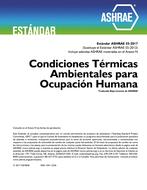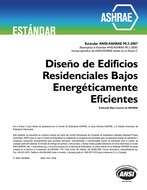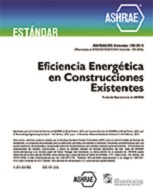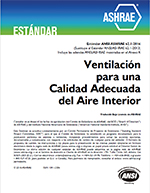Description
Building zone conditions are usually controlled to maintain constant temperature (and possibly humidity) setpoints that ensure acceptable comfort levels during occupancy. When unoccupied, the building energy equipment is turned off and the zone temperature is allowed to float. This strategy is coined nighttime setup control. However, in many commercial buildings the structural mass embodies a substantial thermal storage medium that can be harnessed to reduce operating costs in response to utility rate incentives.
Utility rate incentives are offered in response to the growth in both population and the use of electrical equipment, and thus increased demand for power. Utilities must install and maintain additional power generating equipment to meet these demands; especially for peak electrical demand periods. Since the cooling of commercial buildings places a considerable burden on the electrical utility grid, the generating plants’ electrical loads are typically highest during periods coincident with daily peak electrical loads in commercial buildings. Utilities encourage the flattening of electricity demand in these buildings by offering varying utility rate charges during distinct time periods, ensuring the costs associated with the additional equipment are recovered. The utilities’ economical power generation is achieved by transferring costs to commercial building customers in the form of time-of-use (TOU) electrical energy rates [$/kWh] and monthly peak electrical demand charges [$/kW].
Product Details
- Published:
- 2007
- Number of Pages:
- 813
- File Size:
- 1 file , 10 MB
- Product Code(s):
- D-RP-1313




